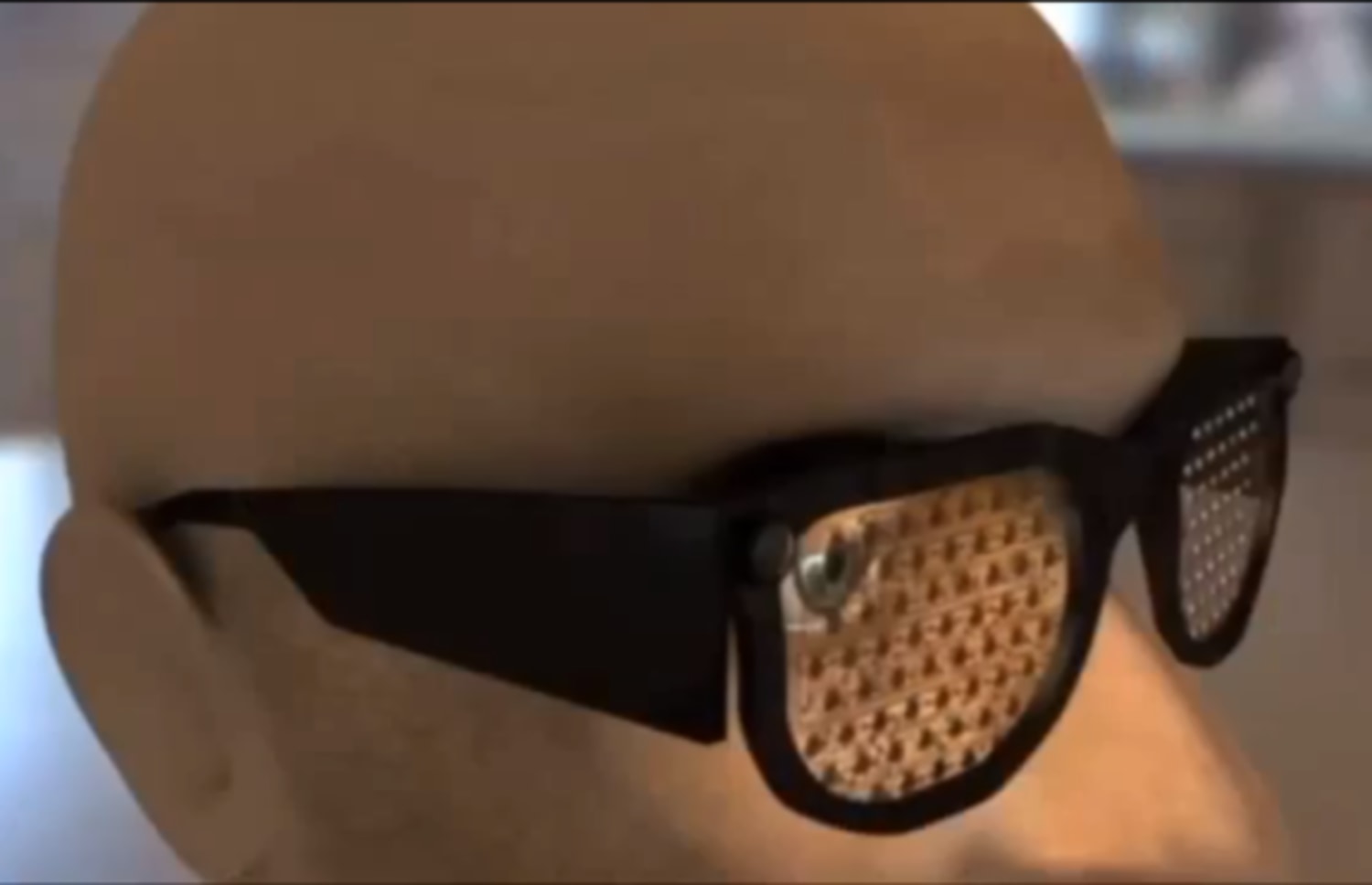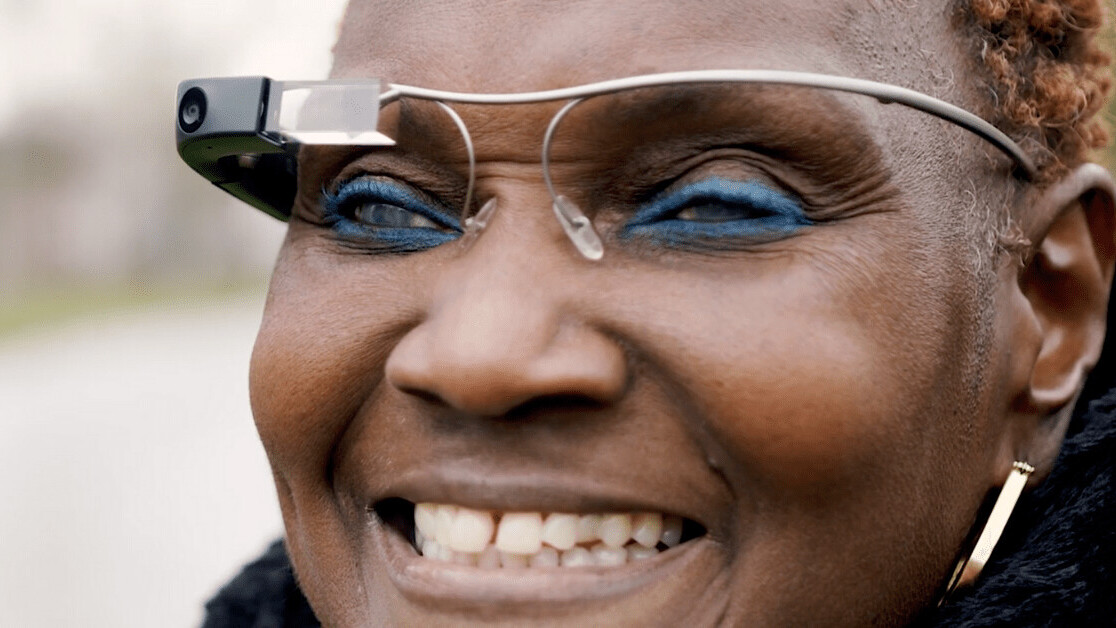Empowering Independence With Assistive Innovation for the Blind
The combination of assistive innovation for people that are aesthetically impaired or blind represents a considerable advancement in promoting independence and improving high quality of life. With a series of tools-- from display viewers to ingenious responsive devices-- these innovations not just assist in navigating and interaction however likewise promote social inclusion and participation in different elements of life. As we check out the diverse types of assistive devices and their real-world applications, it becomes clear that the impact is profound. The evolution of this technology raises vital inquiries regarding availability and future advancements that call for further exam.
Recognizing Assistive Technology
Although assistive innovation has actually developed significantly throughout the years, its basic purpose stays the exact same: to enhance the lifestyle for people with impairments, especially those that are visually impaired or blind. This innovation incorporates a wide series of tools and gadgets that promote freedom and functionality in daily activities.
Assistive innovation can be classified into sophisticated and low-tech solutions, each made to meet particular requirements. State-of-the-art tools typically include software program applications, specialized equipment, and flexible tools that make use of innovative technology to offer support in various contexts. Conversely, low-tech services may include daily products that are customized to improve access, such as magnifiers or tactile markers.
The assimilation of assistive modern technology into the lives of individuals that are blind or visually harmed not just advertises autonomy but also fosters social inclusion and participation in educational and specialist environments. By leveraging these technologies, users can browse their surroundings, access details, and connect successfully, thus enhancing their total lifestyle. Comprehending assistive innovation is important for supporters, professionals, and caregivers that aim to sustain individuals in optimizing their prospective and attaining higher self-reliance.
Sorts Of Assistive Tools
Assistive devices for the blind and aesthetically impaired are important devices that improve daily living by addressing details difficulties encountered by users. These tools can be extensively classified into 3 major types: optical devices, electronic gadgets, and sensory gadgets.

Sensory tools, such as Braille screens and tactile maps, give alternate ways to get information. Braille shows convert electronic text right into Braille, enabling customers to review touch. Tactile maps offer spatial understanding via increased lines and textures, enabling for far better environmental awareness.
Together, these assistive tools equip individuals with aesthetic disabilities to involve more completely with their surroundings, promoting greater self-reliance and self-confidence in day-to-day activities.

Effect on Day-to-day Live
The integration of assistive innovation right into the lives of individuals who are blind or visually damaged considerably improves their capacity to browse and communicate with the globe around them. Devices such as screen readers, Braille shows, and mobile applications promote accessibility to information, allowing users to engage with electronic content, communicate properly, and manage everyday jobs individually.
Additionally, modern technologies like clever glasses and navigation apps offer real-time support in unknown settings, enhancing YOURURL.com flexibility and confidence. These tools allow individuals to recognize obstacles, checked out signs, and even recognize faces, thus promoting a feeling of freedom in public spaces. Additionally, home automation systems, which can be regulated via voice commands, allow people to manage their living environments better, boosting convenience and security.
The impact of assistive technology expands beyond useful jobs; it advertises social inclusion and psychological well-being. By linking the space between people and their surroundings, these technologies empower customers to take part totally in neighborhood activities, seek academic opportunities, and take part in meaningful connections. Inevitably, the innovation of assistive modern technology contributes in redefining the opportunities for individuals that are blind or visually damaged, resulting in an extra inclusive and accessible culture.
Success Stories and Reviews

An additional powerful testimonial comes from Mark, a recent college grad that utilized display analysis software throughout his academic journey. This innovation allowed him to access course materials and take part in conversations, ultimately bring about his successful transition into the labor force. Mark credit scores assistive technology for encouraging him to achieve his occupation objectives, emphasizing its duty in leveling the having fun field for people with visual problems.
In addition, area facilities have actually reported raised participation in their programs many thanks to the intro of easily accessible electronic systems. These platforms have made it much easier for individuals to connect, share resources, and support each other. These success stories collectively emphasize the extensive result of assistive innovation in promoting freedom, boosting high quality of life, and damaging down barriers for the visually damaged and blind community.
Future Patterns in Assistive Technology
Emerging technologies are positioned to revolutionize the landscape of assistive technology for people who are blind or visually impaired. Developments in expert system (AI) and equipment learning are improving the capacities of tools, enabling more intuitive customer experiences. AI-driven applications are progressively able to review and acknowledge objects text aloud in real-time, supplying individuals with beneficial information regarding their environments.
In addition, improvements in wearable modern technology are creating new chances for independence. Smart glasses furnished with increased fact features can overlay vital details onto the user's field of view, assisting in navigation and communication with the setting. The combination of Internet of Points (IoT) gadgets is simplifying availability in wise homes, permitting individuals to control appliances and receive notices with voice commands or tactile user interfaces.
The growth of braille display screens and responsive responses systems is also increasing, promoting access to digital web content and boosting interaction. As these innovations remain to advance, they guarantee to enhance daily living, academic chances, and work prospects for people with visual impairments. Continual partnership between technologists, customers, and advocacy groups will certainly be necessary in ensuring these technologies fulfill the demands of the community properly.
Conclusion
In final thought, assistive technology plays an essential function in enhancing the independence of individuals that are blind or visually damaged. By offering necessary devices and resources, these Website innovations assist in boosted access, navigation, and interaction to details, thus promoting freedom and self-esteem. The transformative impact of assistive tools not only promotes efficient interaction with the atmosphere however additionally encourages social incorporation and involvement in various facets of life, inevitably encouraging customers to thrive within their communities.
The assimilation of assistive modern technology for people that are blind or aesthetically impaired represents a considerable development in fostering independence and boosting quality of life.The combination of assistive innovation into the lives of people who are blind or visually impaired use this link not just advertises freedom however additionally cultivates social addition and involvement in educational and professional environments. Eventually, the improvement of assistive modern technology is crucial in redefining the possibilities for individuals that are blind or aesthetically damaged, leading to an extra inclusive and easily accessible culture.
Lots of individuals who are visually damaged or blind have actually shared inspiring success tales that highlight the transformative effect of assistive technology on their lives.In verdict, assistive modern technology plays a pivotal role in enhancing the independence of individuals that are visually damaged or blind.